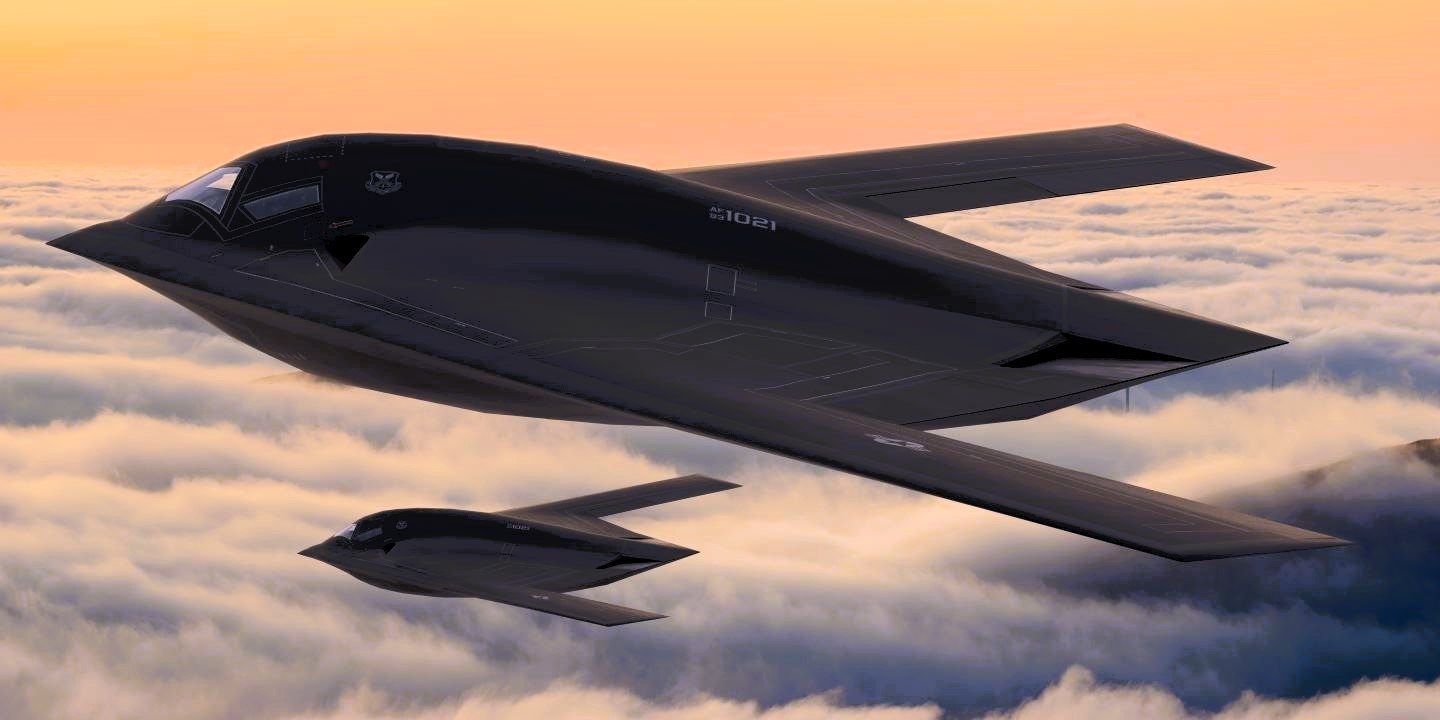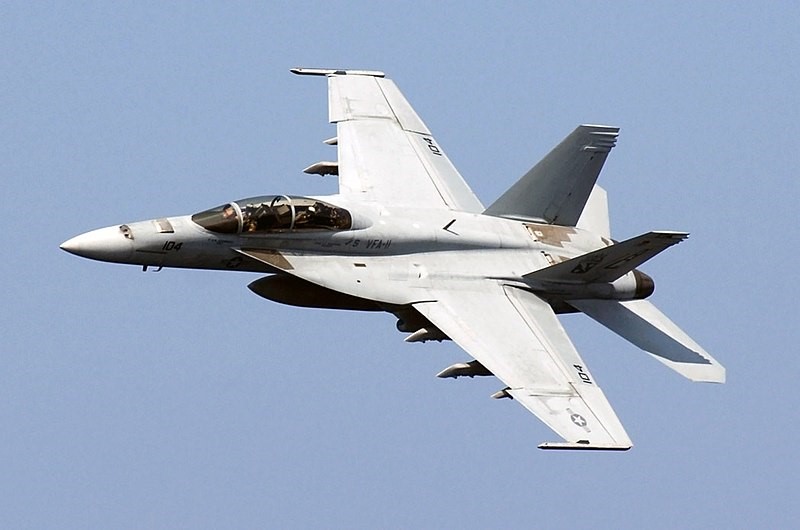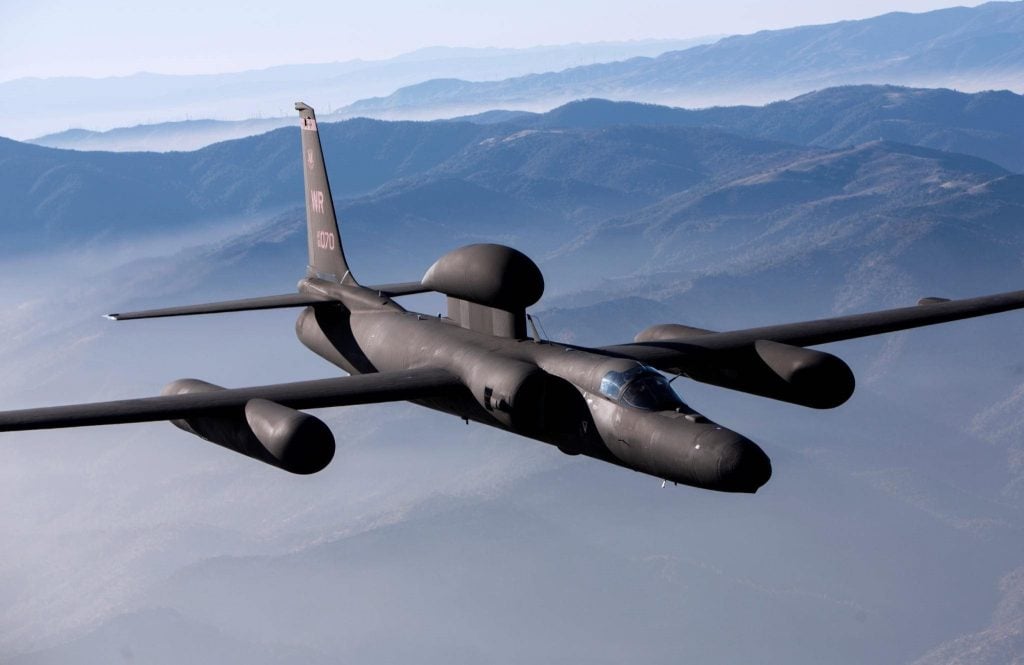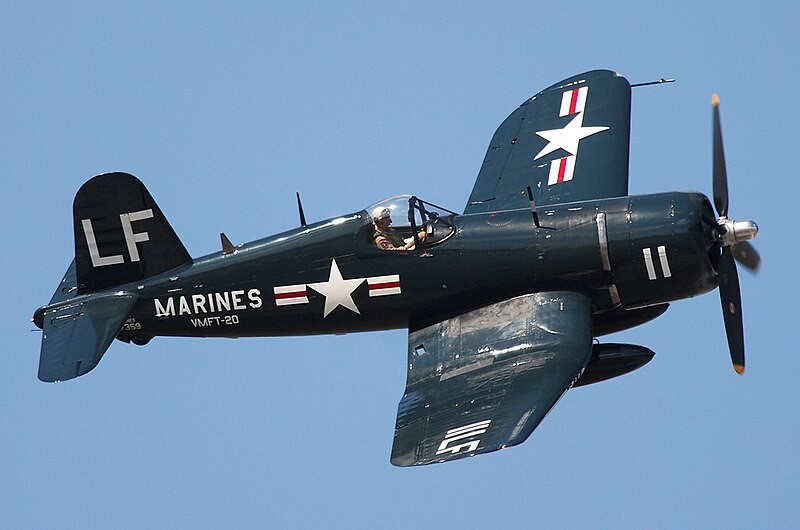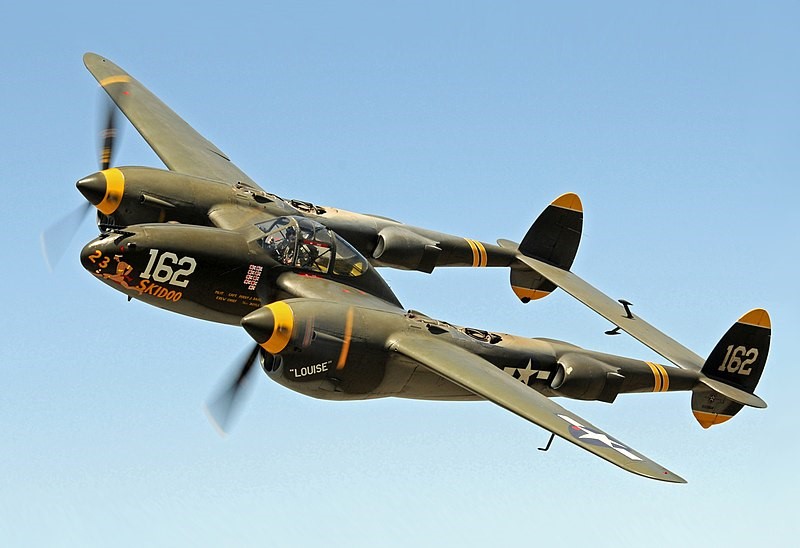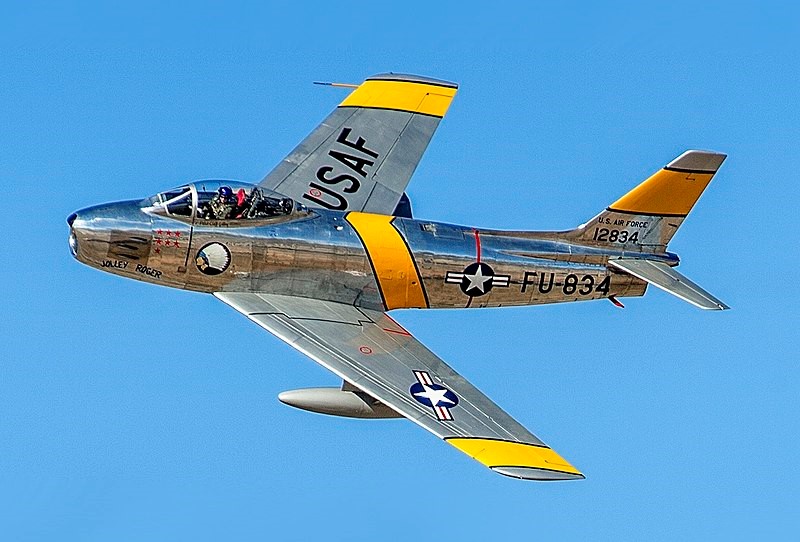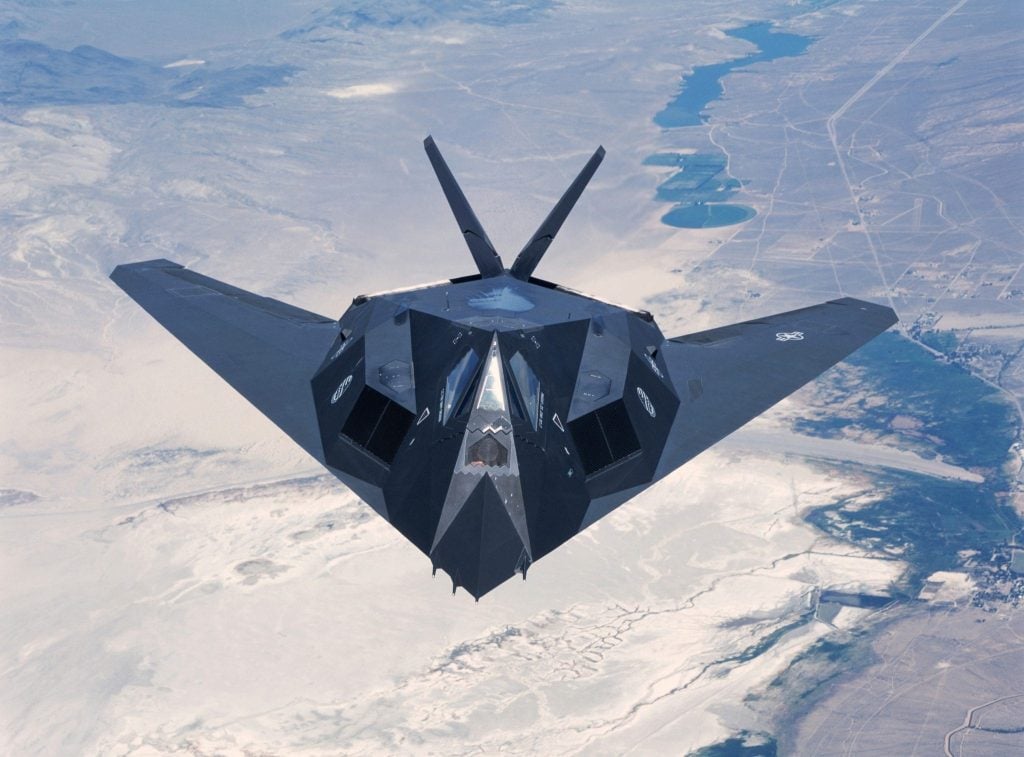Mastering the art of flying a fighter aircraft is no easy feat. These high-performance machines demand an extraordinary level of skill, training, and expertise from their pilots. With their lightning-fast speeds, unparalleled agility, and complex control systems, some US military aircraft stand out as particularly challenging to fly, even for the most seasoned aviators.
In this comprehensive article, we will delve into the intricacies of the 5 Toughest US Military Planes to Fly, exploring the unique characteristics and design features that make them such formidable and demanding platforms.
Also Read | How Do US Military Pilots Coordinate During Air Missions?
1. Lockheed U-2 Spy Plane
The Lockheed U-2 Spy Plane, with its exceptional high-altitude performance and reconnaissance capabilities, has long been hailed as one of the most difficult military aircraft to fly. Despite its impressive technical specifications, including a cruise speed of Mach 0.715 and a service ceiling exceeding 80,000 feet, the U-2’s lightweight airframe and glider-like handling characteristics pose a significant challenge for even the most experienced pilots.
Touchdown Troubles
One of the primary difficulties with the U-2 is its landing procedure. The aircraft’s lightweight design and low-speed approach make it prone to “floating” during the landing phase, making it challenging for pilots to touch down precisely. This issue is further exacerbated by the limited cockpit visibility, which forces pilots to rely on a chase car with another U-2 pilot to assist with the final approach and touchdown.
Balancing Act
Maintaining control during the takeoff phase is another hurdle for U-2 pilots. The aircraft’s sensitive handling characteristics require precise inputs and careful balancing, with the pilots often relying on auxiliary wheels to help keep the plane stable on the runway.
Mastering the Unique Challenges
Overcoming the U-2’s unique challenges requires extensive training and a deep understanding of the aircraft’s idiosyncrasies. Pilots must develop exceptional situational awareness, quick reflexes, and the ability to make split-second decisions to safely operate this high-altitude reconnaissance platform.
2. Chance Vought F4U Corsair
The Chance Vought F4U Corsair, one of the most iconic fighter-bombers of World War II, was also known for its challenging flight characteristics. Designed to serve as a carrier-based combat aircraft, the Corsair’s unique design and performance attributes made it notoriously difficult to land on the deck of an aircraft carrier.
Precise Alignment and Approach
Landing the Corsair on a moving carrier deck required exceptional precision from the pilot. With a stall speed of just over 90 mph, the aircraft had to be perfectly aligned with the carrier and flown at a precise glide slope angle to catch the arresting wire. Any deviation from this delicate dance could result in a catastrophic outcome.
Limited Visibility
The Corsair’s cockpit layout, with the pilot situated well aft in the fuselage, further complicated the landing process by severely limiting the pilot’s visibility. This restricted view made it challenging for pilots to accurately judge their distance from the carrier and maintain the necessary approach angle.
Mastering the Corsair’s Quirks
Overcoming the Corsair’s landing challenges required extensive practice and a deep understanding of the aircraft’s unique handling characteristics. Pilots had to develop exceptional situational awareness, precise control inputs, and the ability to make rapid adjustments to successfully bring the Corsair back to the carrier deck.
Also Read | 5 Creative Ways US Jets Use Camouflage
3. Lockheed P-38 Lightning
The Lockheed P-38 Lightning, a formidable twin-engine fighter-bomber of World War II, was renowned for its exceptional performance. However, this very same performance made the aircraft challenging to fly, especially when carrying a heavy payload.
Unforgiving Handling
The P-38’s high-performance capabilities, including a top speed of 414 mph and a climb rate of 3,200 feet per minute at sea level, came at the cost of unforgiving handling characteristics. The aircraft’s sensitive controls and tendency to become unstable at high speeds made it difficult for pilots to maintain precise control, particularly during maneuvers.
Underwing Load Challenges
The P-38’s ability to carry up to 4,000 pounds of bombs, rockets, and other armaments further exacerbated the aircraft’s handling challenges. The additional underwing load often made the P-38 dangerous to control at high speeds, requiring pilots to exercise extreme caution and finesse.
Mastering the Lightning’s Might
Taming the P-38 Lightning required a unique set of skills and extensive training. Pilots had to develop exceptional situational awareness, lightning-fast reflexes, and the ability to make precise control inputs to harness the aircraft’s formidable performance while maintaining stability and control.
4. F-86 Sabre
The F-86 Sabre, the first swept-wing jet fighter used by the US Air Force, presented a unique set of challenges for pilots transitioning from propeller-driven aircraft to the jet age.
Adapting to Jet Power
The shift from propeller to jet propulsion brought about a significant change in the aircraft’s handling characteristics. Pilots had to adapt to the new sensations and idiosyncrasies of jet-powered flight, including the increased G-forces generated during high-speed maneuvers.
Takeoff Woes
The F-86 Sabre’s distinct design also posed problems during the takeoff phase. The aircraft had a tendency to overrotate, resulting in a high accident rate at low altitudes as pilots struggled to maintain control.
Mastering the Sabre’s Quirks
Overcoming the F-86 Sabre’s challenges required extensive training and a deep understanding of jet-powered flight. Pilots had to develop the skills to manage the aircraft’s unique handling characteristics, including the ability to withstand and control the high G-forces encountered during combat maneuvers.
5. Lockheed F-117 Nighthawk
The Lockheed F-117 Nighthawk, the world’s first operational stealth aircraft, was renowned for its unique triangular shape and exceptional low-observable capabilities. However, these very same features that made the Nighthawk a formidable stealth platform also contributed to its challenging flight characteristics.
Compromised Aerodynamics
The F-117’s distinctive angular design, which was essential for its stealth properties, came at the cost of compromised aerodynamic stability. The aircraft was known for its poor handling characteristics, earning it the nickname “Wobblin’ Goblin” among pilots.
Demanding Maneuverability
Despite its advanced fly-by-wire control system, the F-117 Nighthawk remained a challenging aircraft to fly, particularly when it came to precise high-speed maneuverability. Pilots had to exercise exceptional skill and control to keep the aircraft stable and on course.
Mastering the Stealthy Beast
Taming the F-117 Nighthawk required extensive training and a deep understanding of its unique design and flight characteristics. Pilots had to develop exceptional situational awareness, quick reflexes, and the ability to make split-second decisions to safely operate this highly advanced stealth platform.
Also Read | Top 5 US Fighter Jets That Dominate the Skies with Speed
Conclusion
The 5 US military aircraft explored in this article – the Lockheed U-2 Spy Plane, Chance Vought F4U Corsair, Lockheed P-38 Lightning, F-86 Sabre, and Lockheed F-117 Nighthawk – stand out as some of the most difficult and demanding platforms to fly. Each of these aircraft presents unique challenges, from landing difficulties and poor visibility to unforgiving handling characteristics and the complexities of jet-powered flight.
Mastering these aircraft requires a rare combination of exceptional piloting skills, extensive training, and a deep understanding of the nuances of each platform. Pilots who can overcome these challenges and tame these formidable machines are truly the elite of the aviation world, showcasing the pinnacle of human-machine integration and the unwavering dedication required to push the boundaries of military aviation.
FAQ
1. What is the hardest military plane to fly?
The U-2 is a challenging aircraft to fly. Its long wings, lightweight structure, and unconventional landing gear make the Dragon Lady difficult to handle, even for skilled pilots. Consequently, it has been involved in multiple accidents and fatalities over the years.
2. What is the most feared military aircraft?
Its stealth features, supersonic cruising ability, and advanced sensor technology give it a decisive advantage in air combat. The Raptor’s cutting-edge technology and powerful combat performance have established it as a strong deterrent against enemies.
3. What is the most powerful US military plane?
The F-35 is the world’s most lethal, survivable, and connected fighter jet, providing pilots with a crucial edge over any adversary, allowing them to successfully complete their mission and return safely.
4. What is the US most advanced fighter jet?
Equipped with stealth and cutting-edge technologies, the F-35 is set to become the world’s most advanced multi-role fighter by a wide margin. As aging tactical aircraft fleets worldwide require replacement, the F-35 is designed to address this challenge.
5. Which US military aircraft has the worst safety record?
The Bell Boeing V-22 Osprey is an American military tiltrotor aircraft that has raised safety concerns due to its history of accidents. It was developed and is maintained by Bell Helicopter and Boeing Helicopters.
